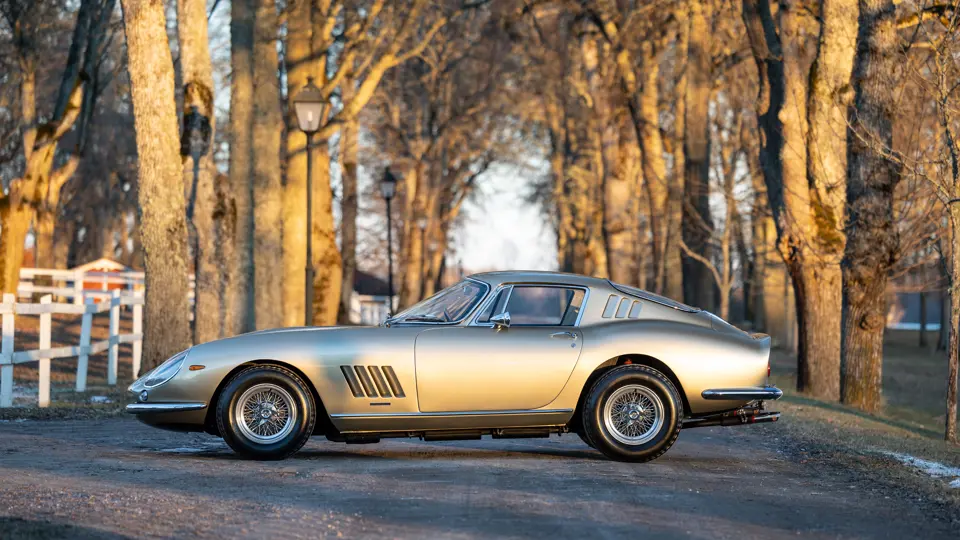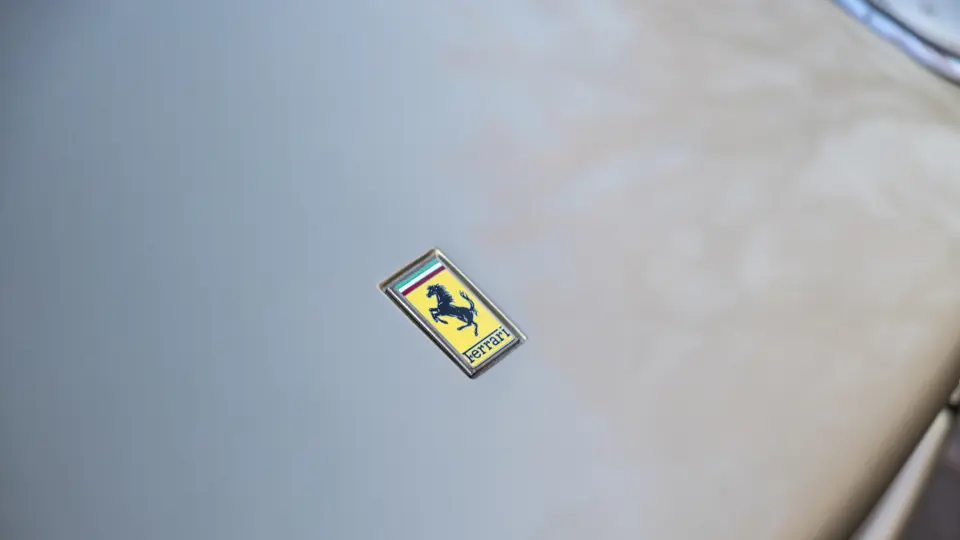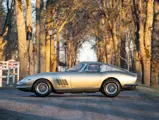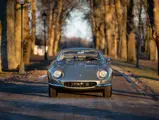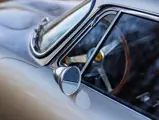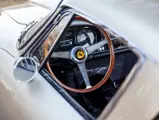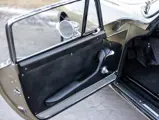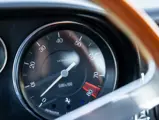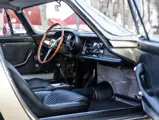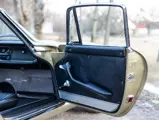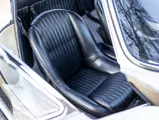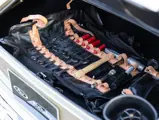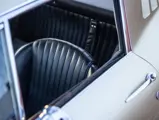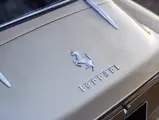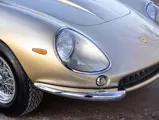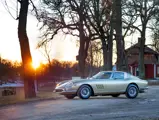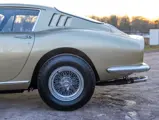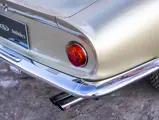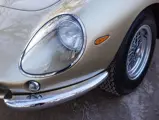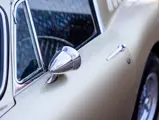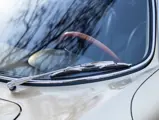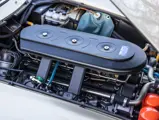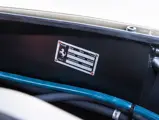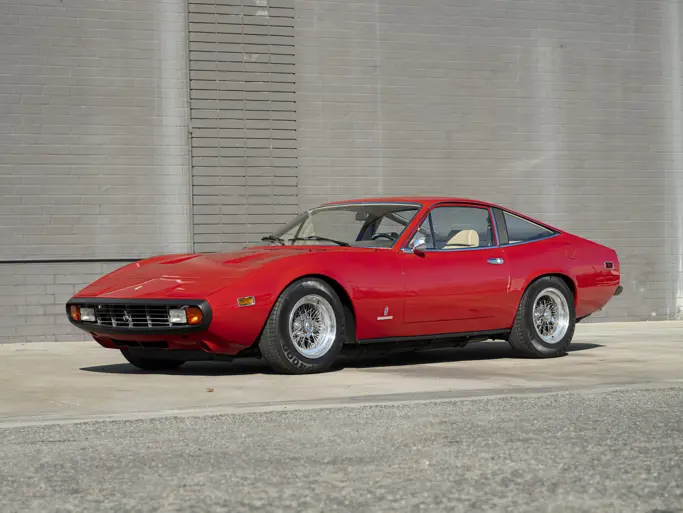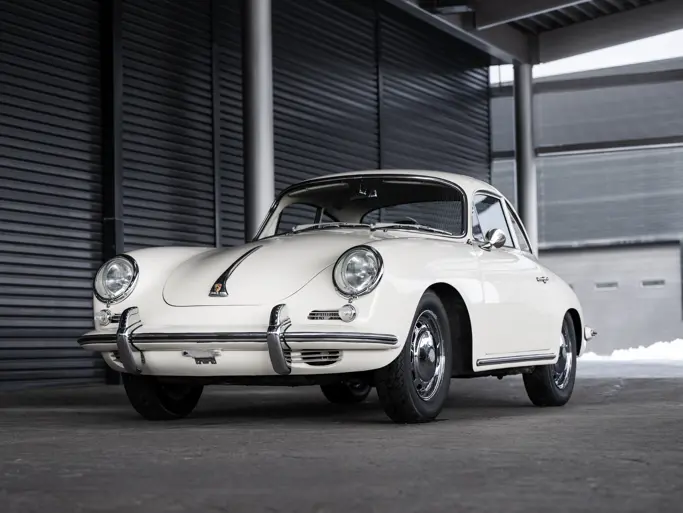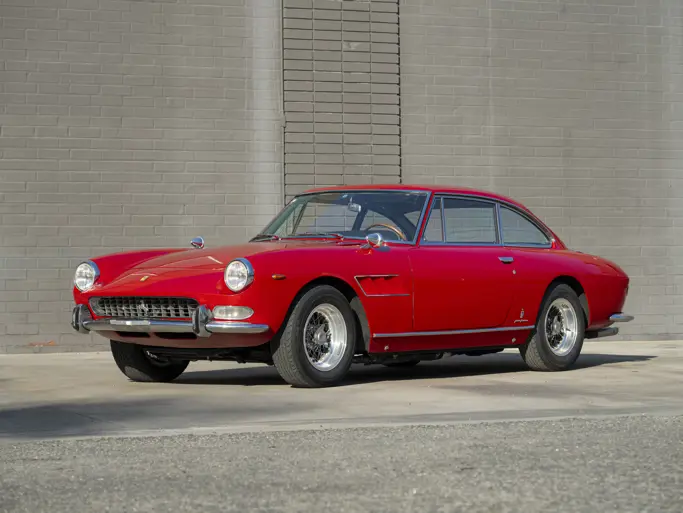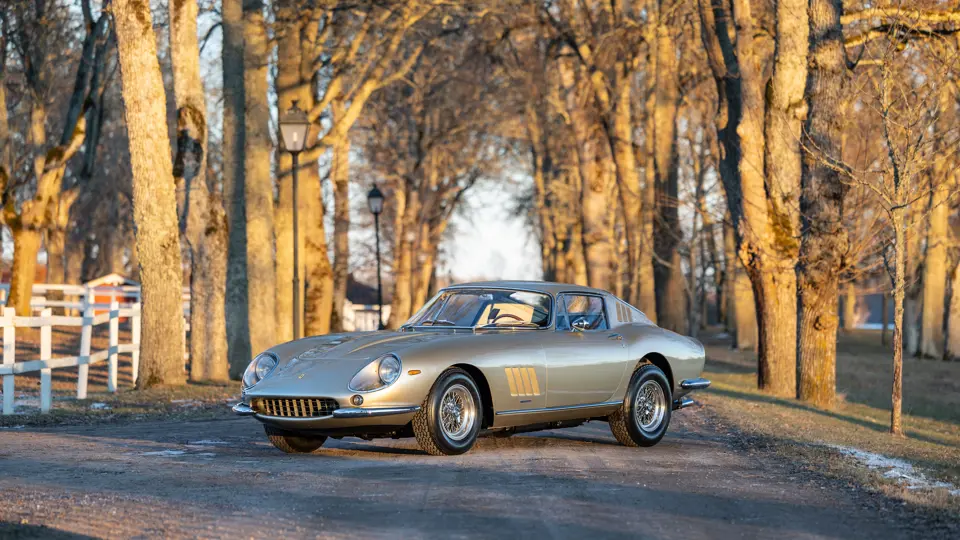
1967 Ferrari 275 GTB/4 by Scaglietti
{{lr.item.text}}
€2,817,500 EUR | Sold
Offered From The Aurora Collection
{{bidding.lot.reserveStatusFormatted}}
- Part of The Aurora Collection
- One of just 330 275 GTB/4s built between 1966 and 1968
- Finished in Oro Chiaro over a Pelle Nera leather interior
- Matching-numbers body, chassis, engine, and gearbox, according to factory records
- Certified by Ferrari Classiche in September 2014
- Accompanied by a leather tool roll
- Parte della Aurora Collection
- Uno dei soli 330 esemplari di 275 GTB/4 costruiti tra il 1966 e il 1968
- Verniciato in Oro Chiaro con interni in pelle nera
- Carrozzeria, telaio, motore e cambio corrispondono ai registri originali
- Certificato da Ferrari Classiche nel settembre 2014
- Completa di rotolo portattrezzi in pelle
From the tight and technical street circuit of Monte Carlo to the screaming straights of Monza and Le Mans, Enzo Ferrari’s blood-red sports cars dominated the world of motorsport in the 1950s. Perhaps more than any other manufacturer, Ferrari’s reputation was forged in the white heat of competition. Ultimately, it would be development of Maranello’s road cars that would turn the Prancing Horse into a global superpower.
Away from the circuit, Ferrari soon became a favourite of the jet set thanks to its accomplished V-12-powered gran turismos—cars as comfortable galloping across the country’s Autostrada as they were thundering along the Mulsanne Straight. No model played a more significant role in that evolution than the stunning 275 GTB, which combined a technologically advanced drivetrain—comprising a five-speed transaxle and fully independent suspension—with achingly beautiful Scaglietti coachwork.
The most desirable iteration of the 275 arrived two years later, in 1966. The 275 GTB/4 may have been visually similar to the later versions of its predecessor, but its name gave a hint at what lay beneath that beautifully sculpted long-nose bonnet; at its heart lay a vastly improved version of Gioacchino Colombo’s short-block 3.3-litre V-12, which sported no fewer than four overhead camshafts, competition-derived dry-sump lubrication, and six insatiable Weber 40 DCN carburettors.
The 275 GTB/4 holds a special place in Maranello history—and not just for its impeccable road manners, remarkable levels of performance, and celebrated position as one of the most beautiful roadgoing Ferraris to ever wear a Prancing Horse badge. It also represented the end of a golden era for the firm, as the final iteration of classic front-engined V-12 grand tourers before the elegant, organic lines of the 1960s made way for the more brutalist 365 GTB/4 ‘Daytona’.
Chassis 10337 was one of just 330 275 GTB/4s built between 1966 and 1968, rolling out of the Maranello factory in September 1967 prior to being delivered to its first owner via Motor S.a.s. di Carla Allegretti e C., based in Rome. Its time in Italy was short, and by 1974 the Ferrari had found a home in San Jose, California where it remained until being sold in 1988. It was offered for sale the following year, where it was described as having undergone restoration at Modena Sports Cars, its original Celeste coachwork having by then been repainted red. By 1994, the Ferrari had been exported to Japan, where it remained in the care of the same family until 2009. It passed through the hands of one further owner before joining The Aurora Collection in 2011.
In memory of a Ferrari 275 GTB/4 that the owner of The Aurora Collection had curated in period—a cherished example that was the first-ever Ferrari owned by the collector, but sadly stolen—chassis 10337 was repainted in the stunning shade of Oro Chiaro over a Pelle Nera interior. In September 2014, the car was certified by Ferrari Classiche, as is documented by an accompanying digital scan that is available to view in the history file. Bidders should note that its printed Classiche “Red Book” has been misplaced, and its next owner will need to contact Ferrari Classiche directly to discuss recertification.
Beautifully presented with matching-numbers body, chassis, engine, and gearbox, this striking four-cam is a wonderful example of one of Ferrari’s greatest ever gran turismos.
Dallo stretto e altamente tecnico circuito cittadino di Monte Carlo ai rettilinei da brivido di Monza e Le Mans, le rosse vetture sportive di Enzo Ferrari dominarono il mondo delle competizioni motoristiche negli anni ’50. Forse più di qualsiasi altro produttore, Ferrari forgiò la propria reputazione con il fuoco delle gare automobilistiche. Tuttavia, fu lo sviluppo dei modelli stradali di Maranello a trasformare il Cavallino Rampante in una superpotenza globale.
Lontano dalla pista, Ferrari divenne presto il marchio prediletto del jet set grazie alle sue eccelse granturismo azionate da motori V-12, auto perfettamente a loro agio tanto sulle autostrade italiane quanto sul rettilineo di Mulsanne. Nessun modello svolse un ruolo più significativo in questa evoluzione della straordinaria 275 GTB, in cui si univano una meravigliosa carrozzeria Scaglietti, una trasmissione tecnologicamente evoluta composta da un cambio transaxle a cinque rapporti e le sospensioni completamente indipendenti.
La variante ancor più desiderabile della 275 arrivò due anni più tardi, nel 1966. Seppur simile nell’estetica alle versioni più recenti del modello procedente, la 275 GTB/4 suggeriva sin dal nome ciò che si celava sotto il suo cofano lungo dal design scolpito: una versione nettamente migliorata del V-12 di 3,3 litri con basamento piccolo progettato da Gioacchino Colombo, dotato di quattro alberi a camme in testa, lubrificazione a carter secco di derivazione racing e sei insaziabili carburatori Weber 40 DCN.
La 275 GTB/4 occupa un posto speciale nella storia di Maranello, non solo per la sua impeccabile docilità su strada, le sue prestazioni impressionanti e il suo status di una delle Ferrari stradali più belle ad essersi guadagnata lo stemma del Cavallino Rampante. Rappresentava anche la fine di un'epoca d'oro per l'azienda, in quanto ultima iterazione delle classiche granturismo con motore anteriore V-12, prima che le linee eleganti e organiche degli anni Sessanta cedessero il posto alla più brutalista 365 GTB/4 "Daytona".
Il modello con numero di telaio 10337 era uno dei soli 330 esemplari di 275 GTB/4 costruiti tra il 1966 e il 1968; uscì dalla fabbrica di Maranello nel settembre 1967 e fu consegnato al suo primo proprietario tramite Motor S.a.s. di Carla Allegretti e C., a Roma. Trascorse in Italia solo pochi anni: nel 1974 la Ferrari fu infatti trasferita a San Jose, in California, dove rimase finché non fu venduta nel 1988. L’anno seguente fu messa in vendita e descritta come sottoposta a un intervento di restauro presso Modena Sports Cars: all’epoca la carrozzeria originale in tonalità Celeste era stata riverniciata in rosso. Nel 1994 la Ferrari fu esportata in Giappone, dove rimase di proprietà della stessa famiglia fino al 2009. Passò nelle mani di un altro proprietario prima di entrare a far parte della Aurora Collection nel 2011.
In memoria di una Ferrari 275 GTB/4 appartenuta al proprietario della Aurora Collection, la prima Ferrari in assoluto del collezionista, un esemplare curato e amato ma tristemente sottratto al legittimo proprietario, il modello con numero di telaio 10337 è stato riverniciato nella splendida tonalità Oro Chiaro con interni in pelle nera. Nel settembre 2014 l’auto è stata certificata da Ferrari Classiche, come documentato da una scansione digitale allegata al fascicolo storico. Sfortunatamente il “libro rosso” in formato cartaceo è stato smarrito; si ricorda pertanto agli offerenti che il prossimo proprietario di questo esemplare dovrà contattare direttamente il reparto Ferrari Classiche per provvedere alla ricertificazione.
Completo di carrozzeria, telaio, motore e cambio originali, questo modello con quattro alberi a camme rappresenta una delle più belle Ferrari granturismo della storia.

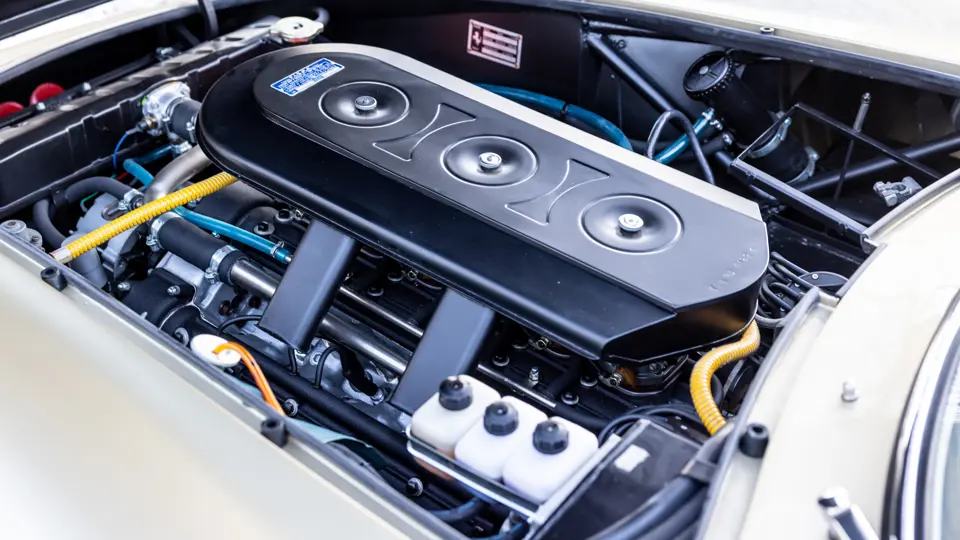



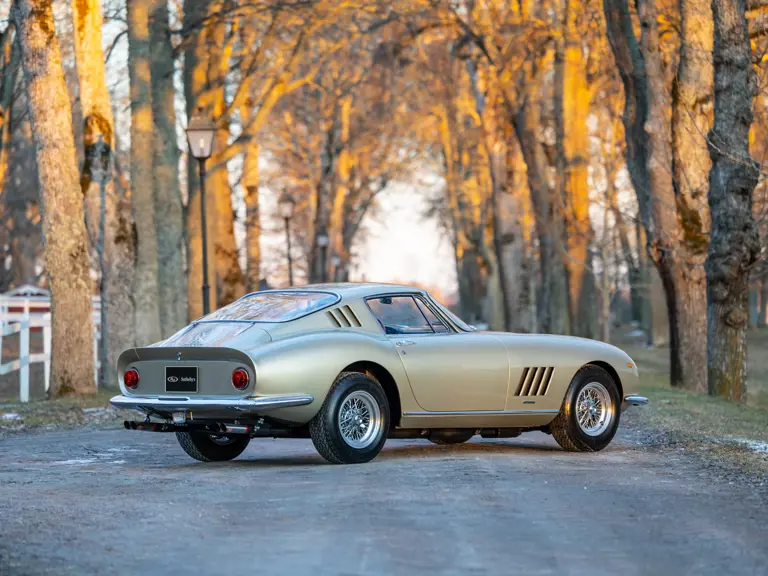
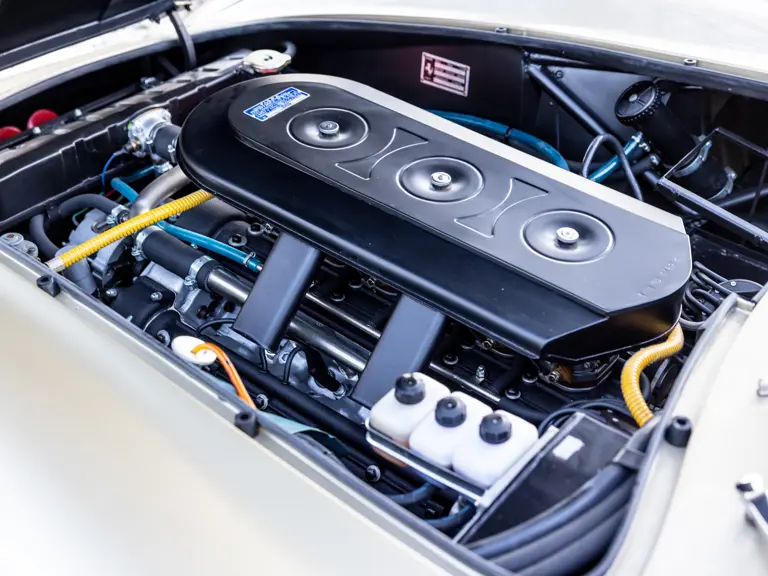
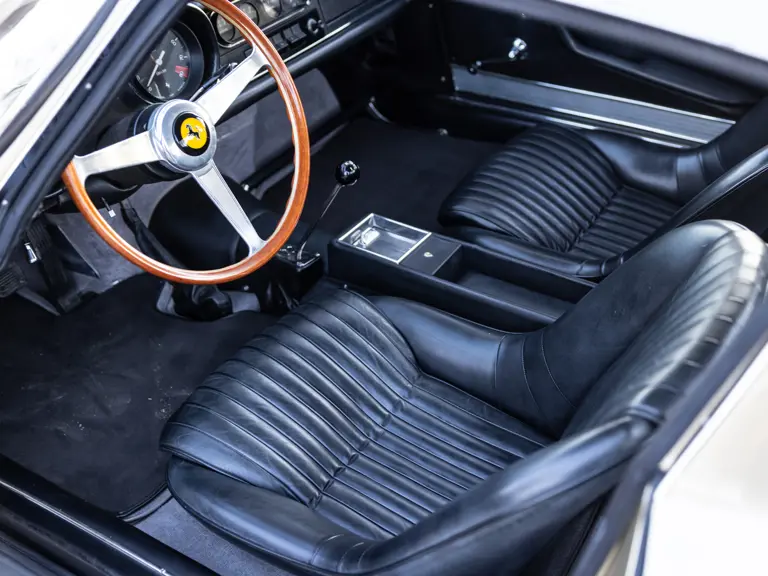
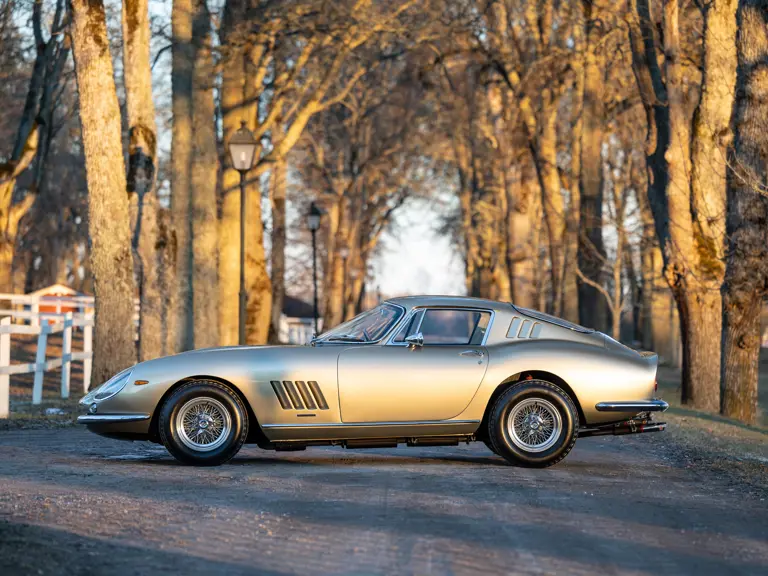
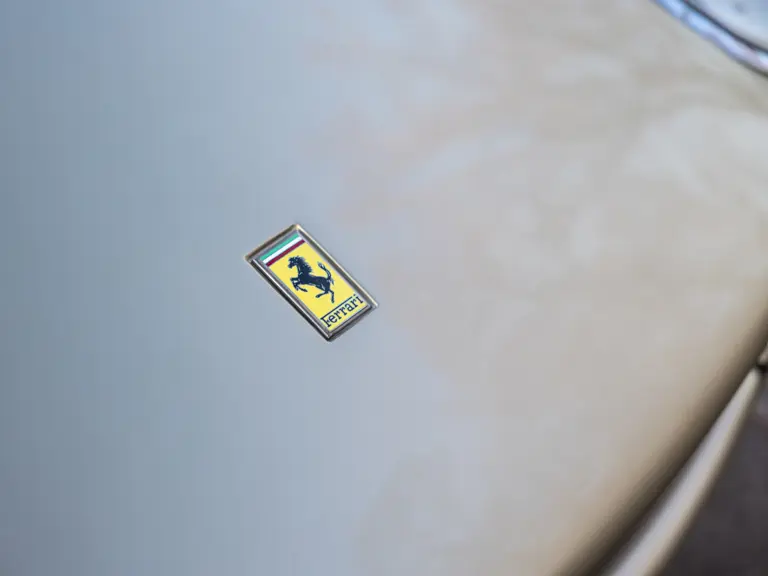

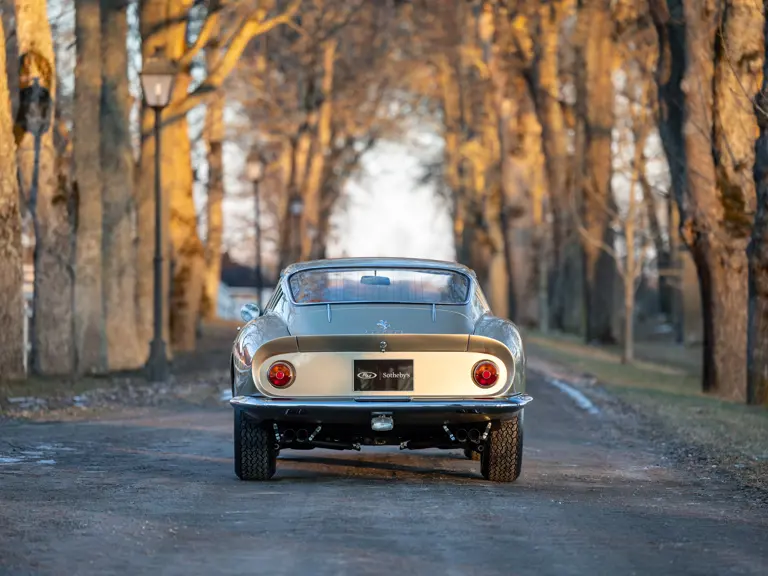
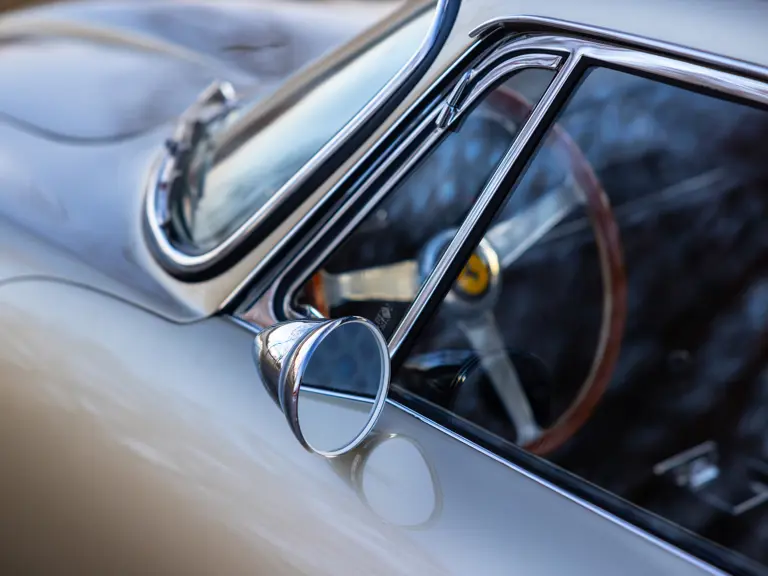


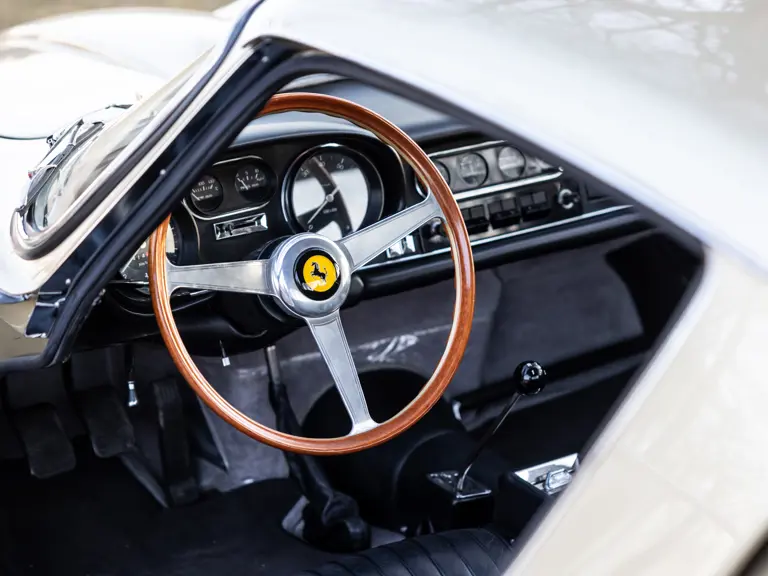


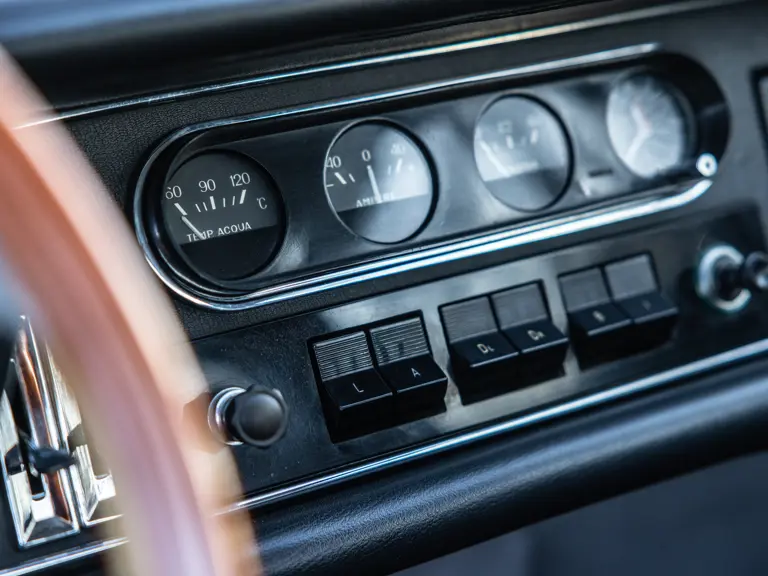
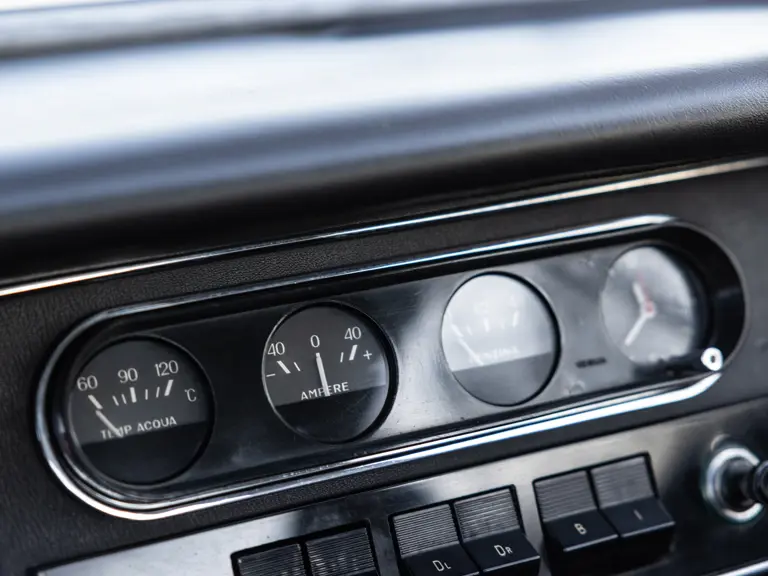

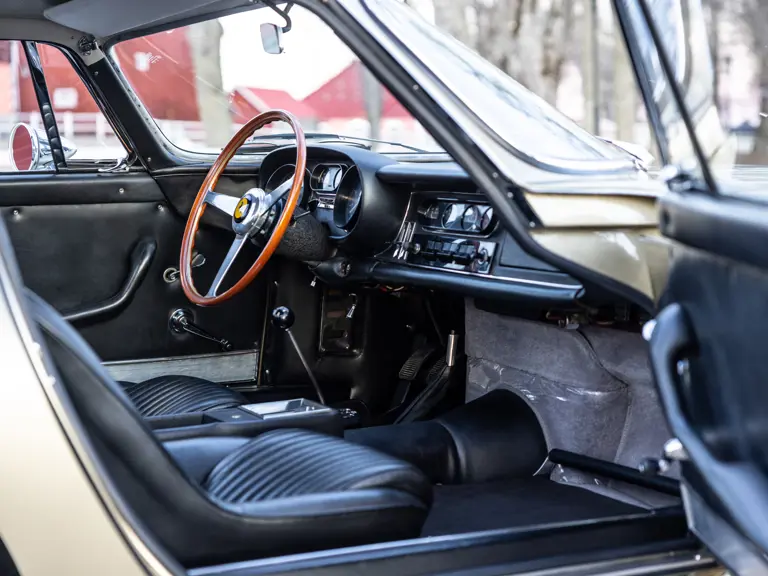

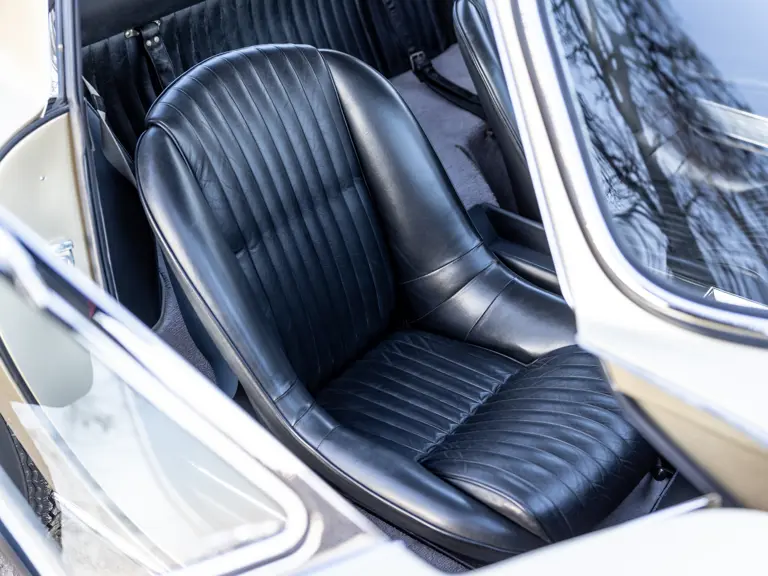
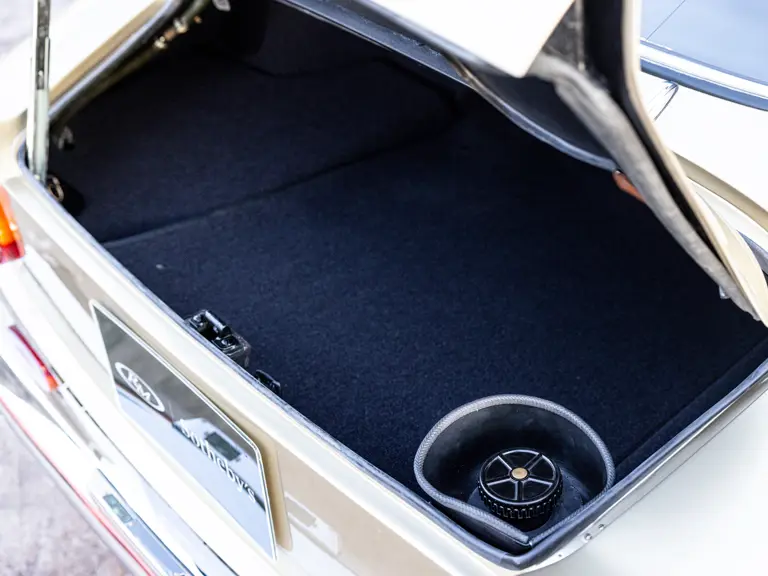
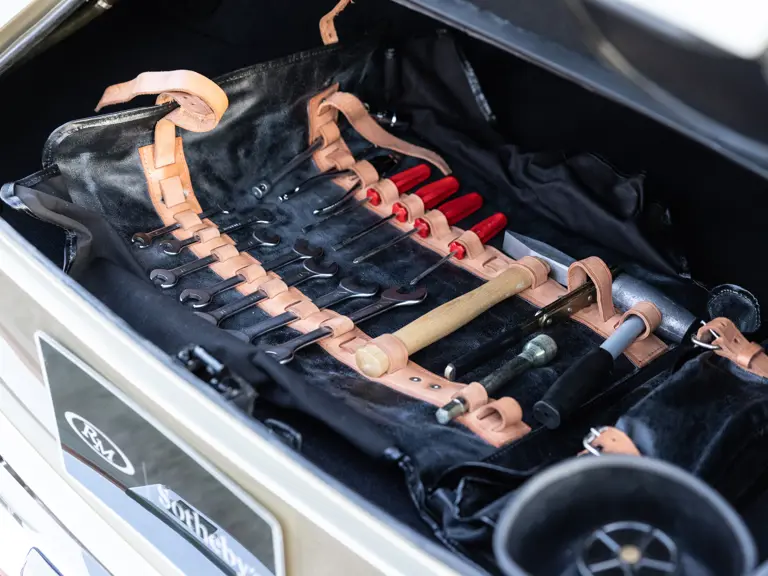
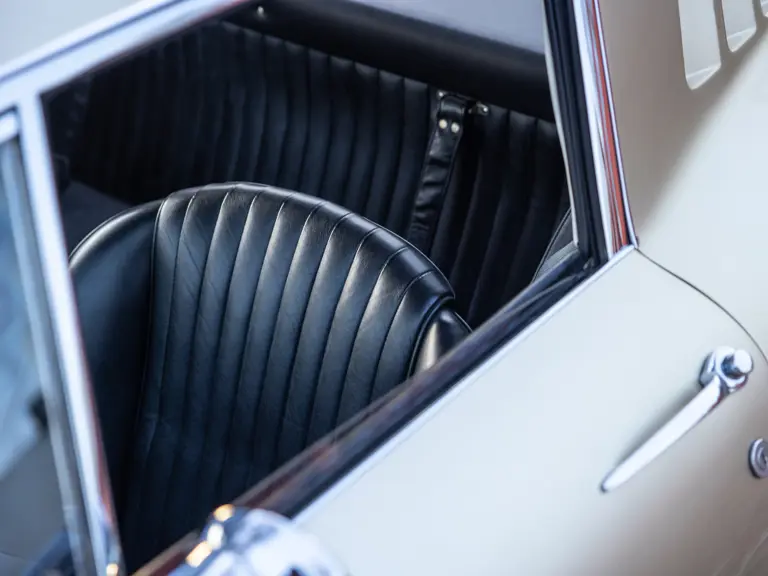
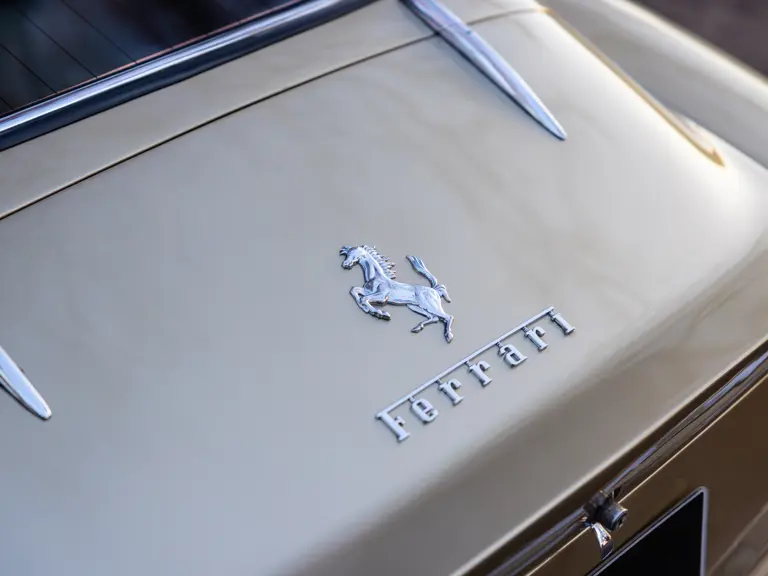




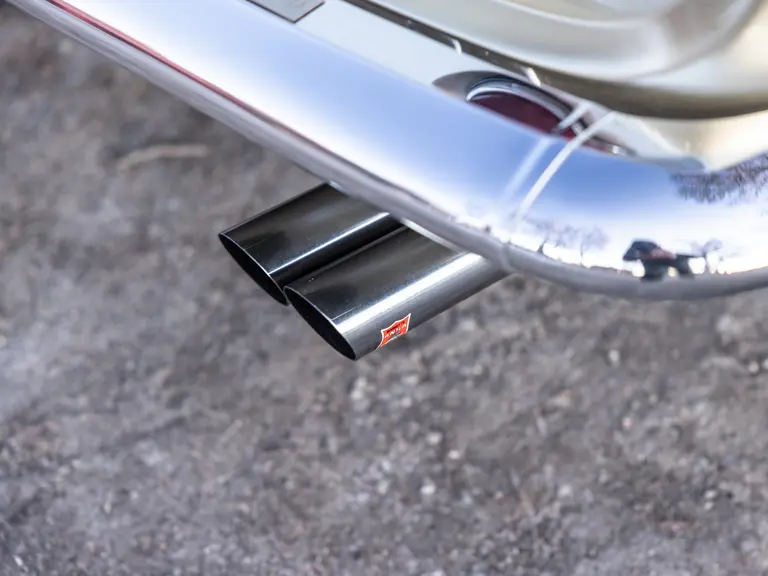
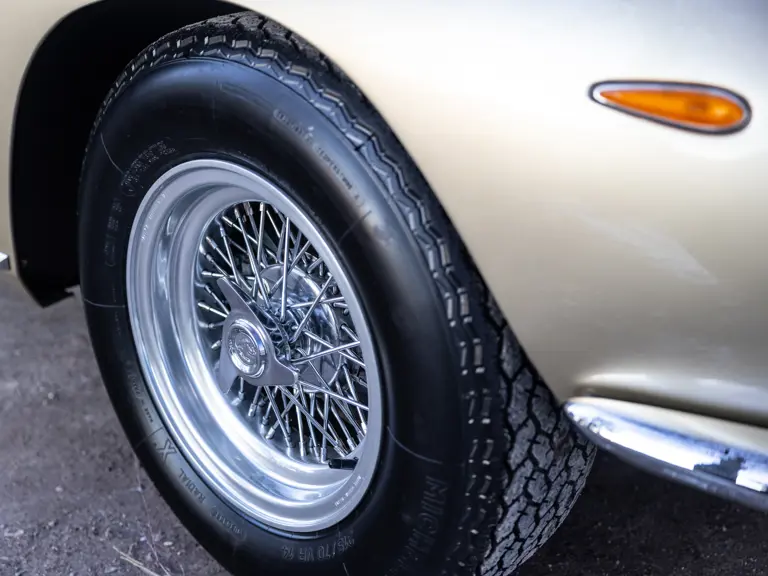
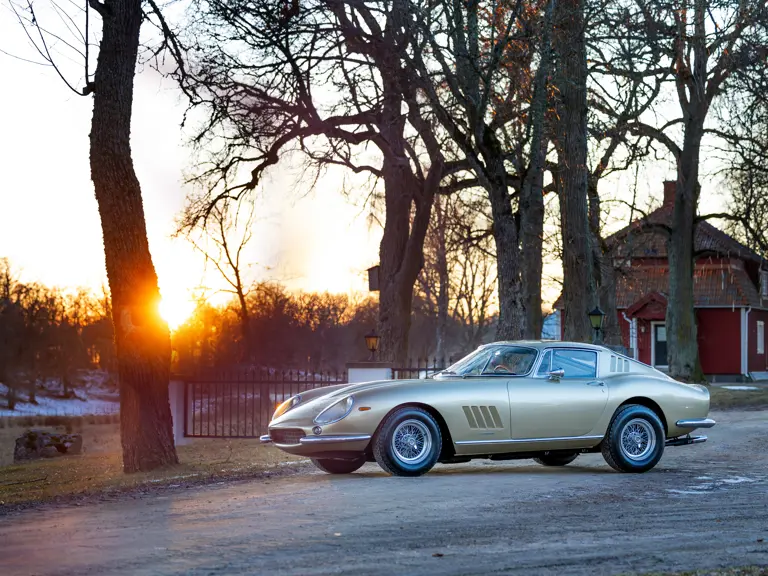

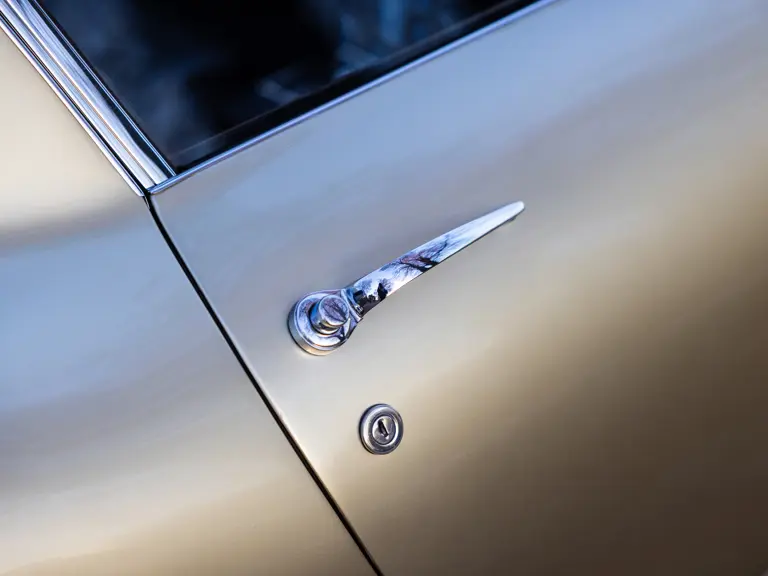
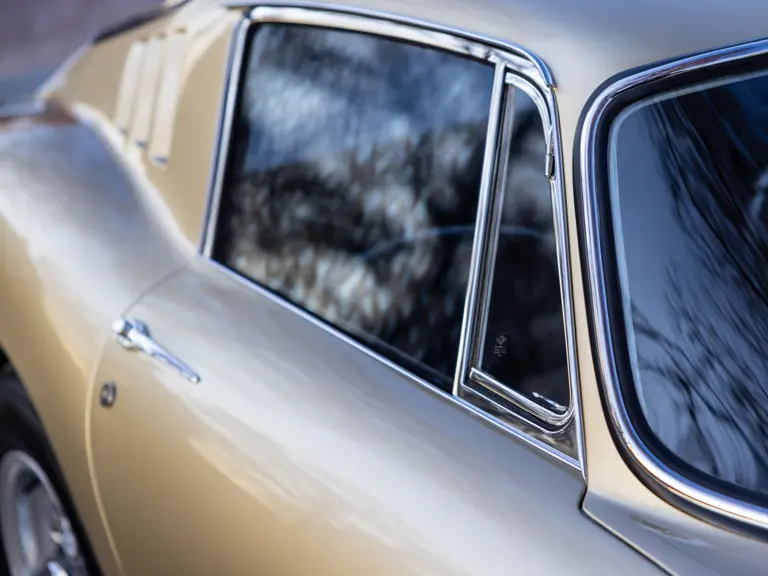
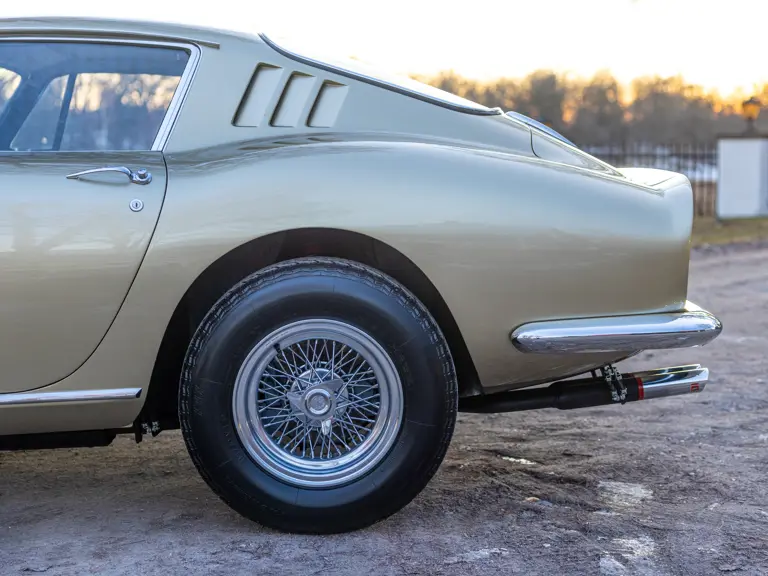


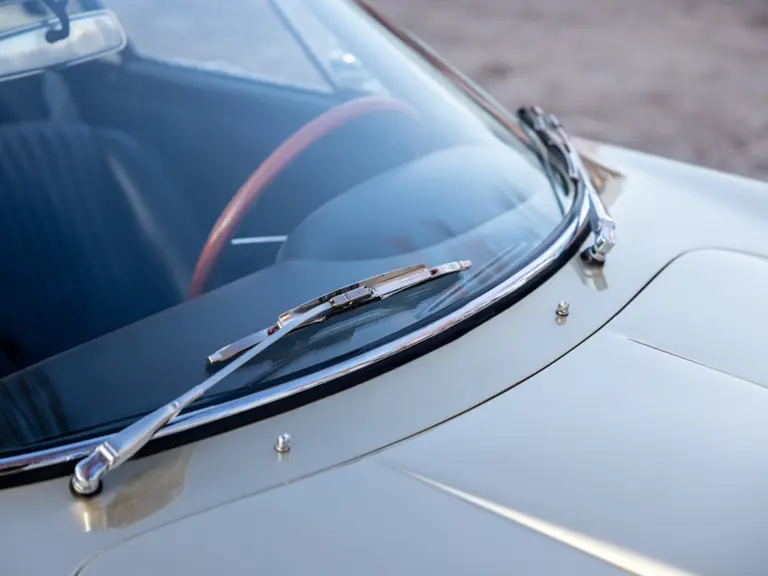
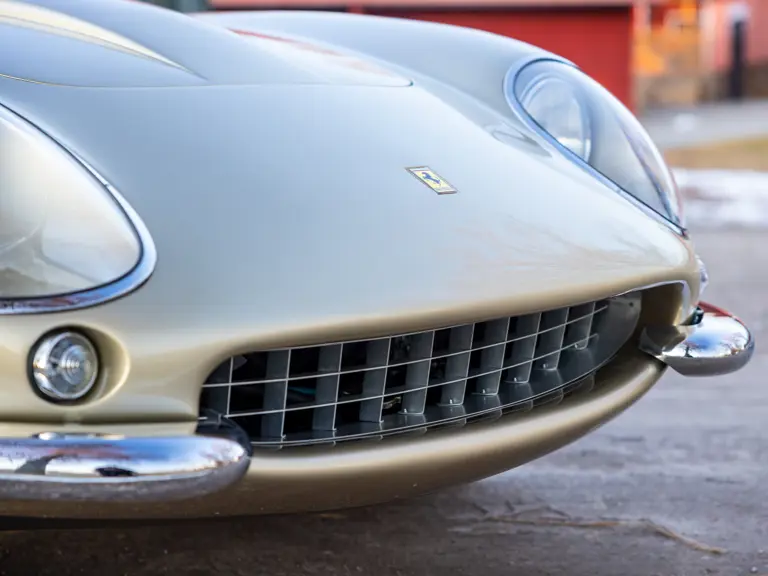

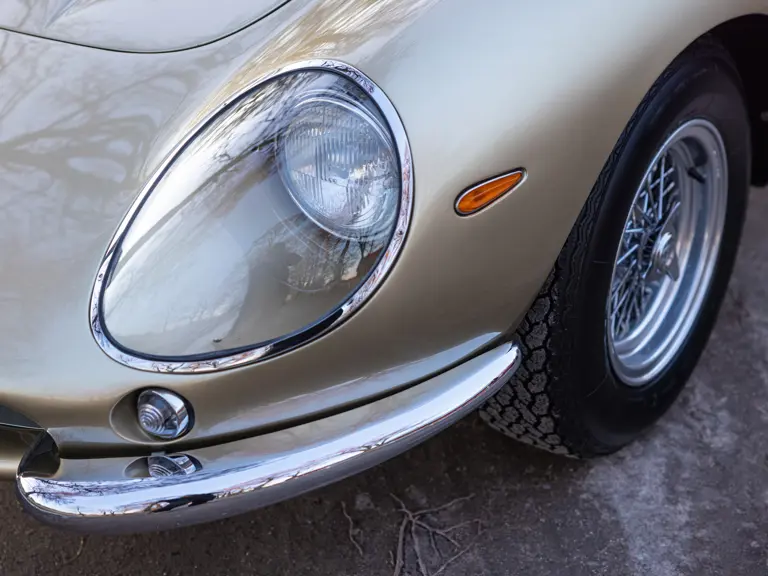

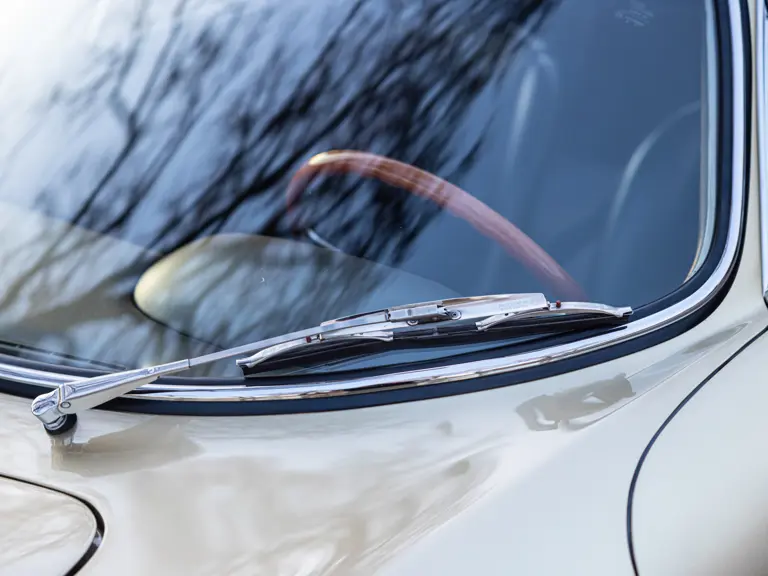
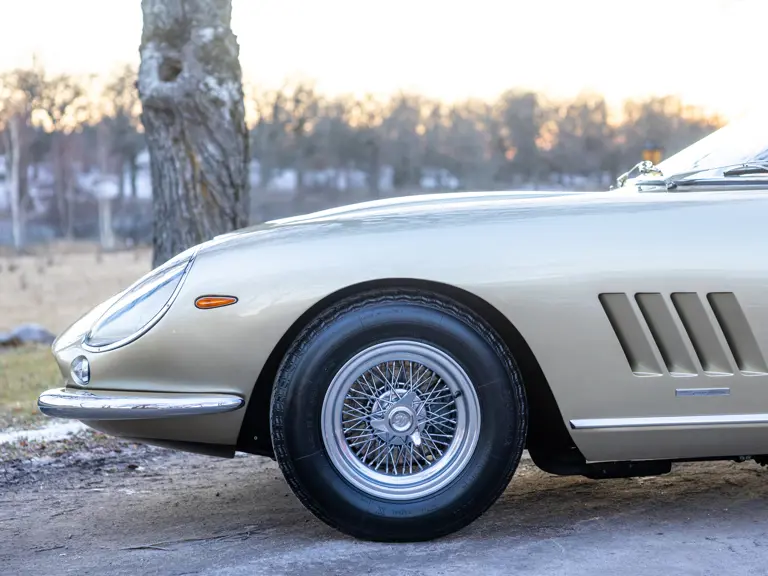

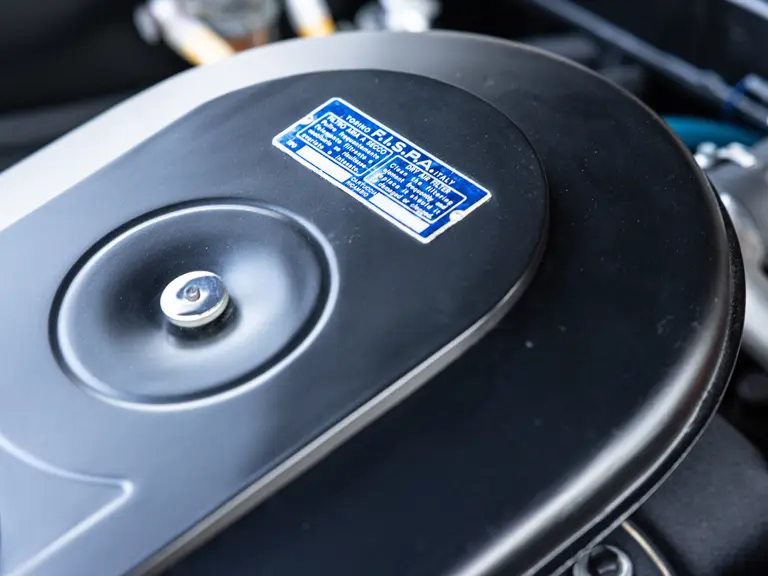
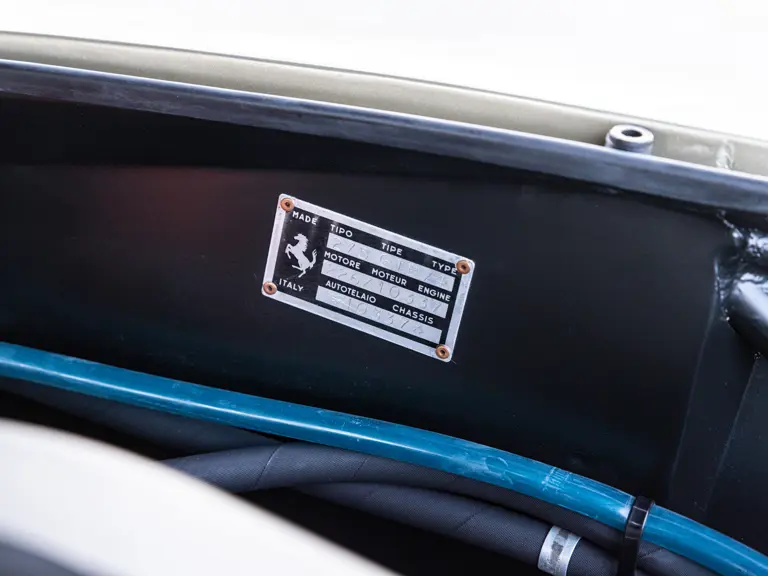
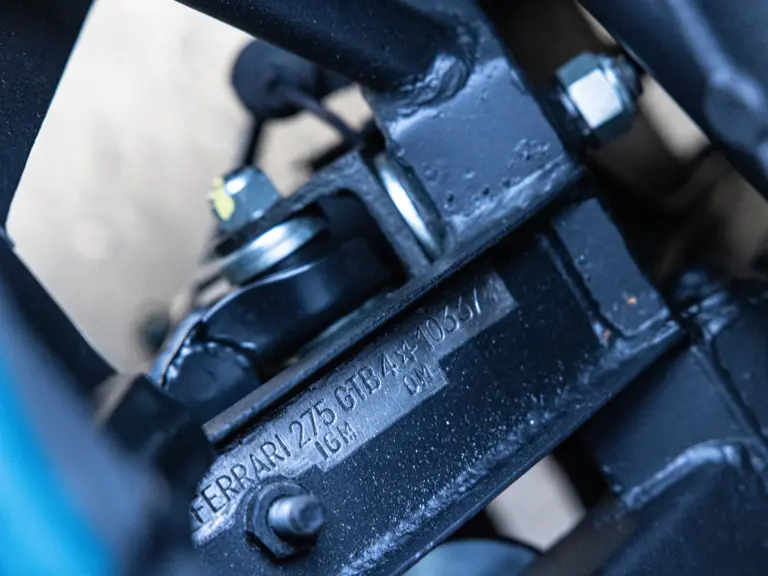
 | Cernobbio, Italy
| Cernobbio, Italy
